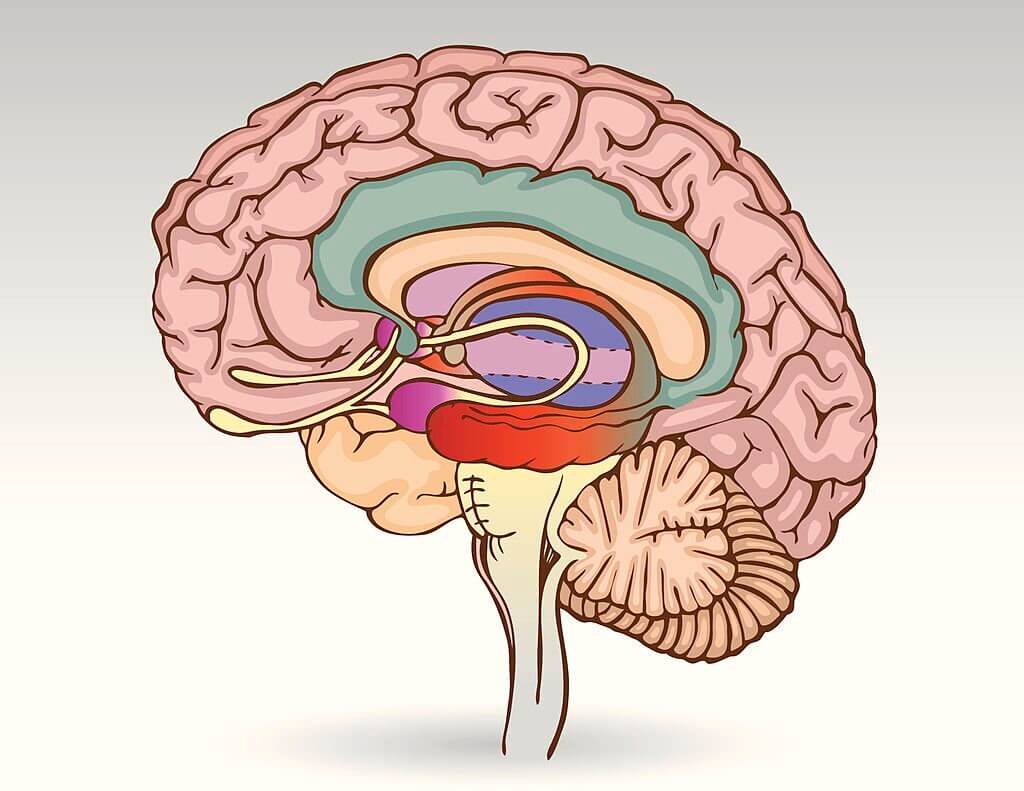The limbic system, a complex structure set in the human midbrain, is responsible for memories we form. It collects, filters, and responds to the information gathered by the brain. Many situations and conditions – including stress, trauma, exposure to harmful chemicals, and an abnormal immune system – can affect the ability of the limbic system to respond and perform normally. This condition can further lead to chronic conditions like fibromyalgia, panic attacks, anxiety, POTS, etc.
However, the good news is that you can improve the functioning of your limbic system. How?
The answer is: Limbic system retraining exercises.
Simply known as limbic system retraining, these are exercises that help restore the functionality of the complex system.
What are Limbic System Retraining Exercises, Exactly?
Different studies reveal that a person with limbic system disorder can have a devastating life. From low self-esteem to affected relationships and becoming isolated, the study linked many conditions to limbic system dysfunction.
If left untreated, the disorder may lead to several chronic health conditions – including hormone imbalance, chronic fatigue, brain fog, food sensitivity, Lyme Disease, etc. Earlier, it has also been linked to long-term COVID.
Although researchers are trying to understand what results in these conditions, they do know that central sensitization can be a point to study.
When it comes to treating the condition, researchers and experts are optimistic about exercises that retrain the limbic system. These exercises are commonly known as limbic system retraining whose major objective is to restore the system’s functionality and make it work properly. After the treatment, one can lead a normal and happy life.
However, these exercises aren’t as simple as the training we do daily to stay fit. It is a special kind of program designed by experts using Neuroplasticity to retrain the limbic system.
Neuroplasticity can be defined as the ability of the human brain to adapt itself to effectively respond to gather information. We humans make use of Neuroplasticity many times in our everyday lives. For example, if you don’t know how to drive, but learn it after some time, then you’ve already used Neuroplasticity.
Let’s take one more example. Suppose, earlier, you were afraid to do cycling, but now, you do it confidently. You’ve used Neuroplasticity.
In the case of limbic system dysfunction, Neuroplasticity is used to train a sufferer to cope with the problems that cause the condition. Experts use some important principles of Neuroplasticity in limbic system retraining exercises to retrain the mind.
What is Included in Limbic System Retraining?
As discussed, the retraining program consists of a structured method, different from daily exercises. It includes multiple characteristics that work alone and together to make the brain respond to the process.
They are:
- Knowing Triggers
It’s the first step in the process where an individual becomes aware of what triggers the condition, how they feel, and how they respond. It is a step where experts try to figure out how a body – especially the mind – acknowledges a trigger.
- Responding to Symptoms
Once the symptoms of limbic system disorder are identified, this part of the retraining exercise makes efforts to disrupt the cycle that leads to more troublesome situations. This process includes the use of Neuro-Linguistic Programing (NLP) and somatosensory mapping.
- Altering the Brain Chemistry
During the limbic system dysfunction, the brain chemistry goes into CAN – which translates to Cortisol, Adrenaline, Norepinephrine). While exercising, the individual’s brain is made to shift to a state dominated by DOSE – Dopamine, Oxytocin, Serotonin, Endorphins. To ensure the successful shift, experts in the exercise program provide the sufferer with a pleasant sensory experience. It can be anything from a song to dance video or anything that the individual likes.
- Understanding the Emotional Shift
The limbic system disorder is closely associated with how a sufferer feels. So, it is necessary to ensure that during the exercise, an individual feels a shift in their emotional state.
- Replacing Negative Memories
It’s a key trait in the exercise program where all the negative memories and emotions are replaced by positive ones. In this way, it becomes a lot easier for program developers to motivate an individual and encourage them to have good thoughts about their life.
A well-designed program around limbic system retraining exercises doesn’t end after adding positive thoughts to an individual’s mind, and it also includes continuous practice. Repeating the program multiple times is essential to ensure that symptoms don’t appear back and haunt an individual.
In the End
There are many studies that showcase exercising as an effective method to treat limbic system disorder and calm the nervous system. Through a well-designed program, one can experience a dramatic decrease in their stress levels and increase in their positive energy. In addition, the program can help reduce the physical symptoms of limbic hyperactivity.
If you, your loved one, or someone around you has symptoms of limbic system dysfunction, reach out to professionals.





Leave A Comment